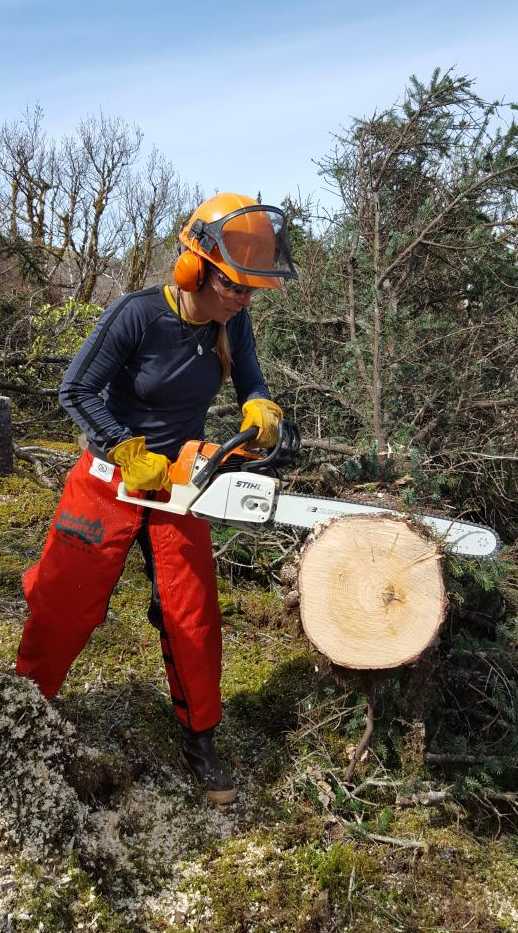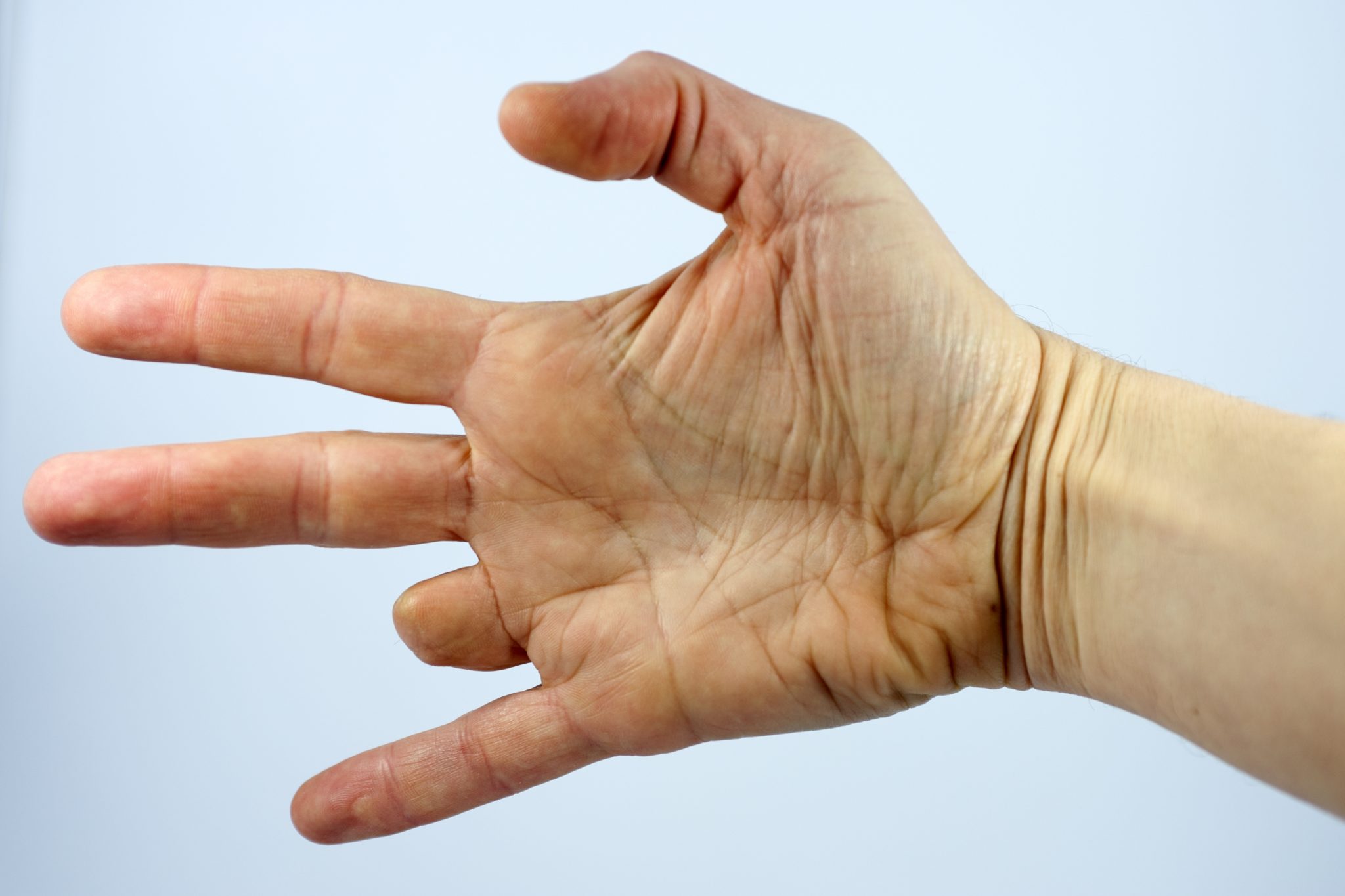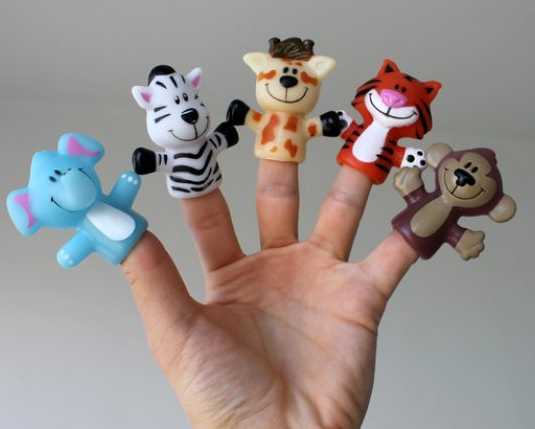Do you require any assistance? Simply reserve your appointment online below
Fingertips injuries and Amputations
Tender care for your delicate hands
Fingertip injuries can occur in accidents at home, work, or play. An injury can involve a sharp cut, a crushing injury, a tearing injury, or a combination of these injury types. An amputation can result from slamming your finger in a car door or catching your ring on a hook or nail.
An injury or amputation can damage any part of the fingertip, including the:
- Skin and soft tissue
- Fingertip bone (distal phalanx)
- Nail and underlying nail bed
The tips of longer fingers tend to be injured more often because they are last to escape from harm’s way.
Your fingertips are rich with nerves and are extremely sensitive.
Without prompt and proper treatment, a fingertip injury can cause problems with hand function, and may even result in permanent deformity or disability.
To ensure the best outcome, it is important to have your doctor examine your finger or thumb after an injury.

First Aid of Fingertips injuries

- Clean the injury, if possible, and cover it with a lightly compressive sterile dressing to minimize bleeding and protect the injured finger.
- Elevate the injured hand to minimize swelling.
- Immobilize the affected hand and wrist with a short splint.
If your fingertip is completely cut off, do the following:
- Gently clean the amputated part with water or, if possible, with sterile saline solution.
- Cover it in a moistened gauze wrap and place it in a watertight bag.
- Place the bag on ice in a sealed container or another watertight bag.
- Bring the amputated part with you to the emergency room and maintain control over it until the doctor is able to evaluate you.
Treatment for fingertips injuries
The goal of treatment is to have a pain-free fingertip that is covered by healthy skin and functions normally. Your doctor will try to preserve the length and appearance of your finger.
Treatment for a fingertip injury or amputation depends on the angle of the cut and the extent of the injury. To determine the best treatment for your injury, your doctor will consider your general health and lifestyle, as well as your preferences.
Injuries without exposed bones
Minor tissue injury. If your fingertip wound is small and not deep enough to expose bone, it may heal on its own. Your doctor may place a protective dressing over the wound with instructions to change the bandage regularly. He or she may recommend that you wear a splint to protect the area while it heals.
After about 24 to 48 hours, your doctor may recommend that you soak your finger daily in a solution of warm, soapy water or saline solution with peroxide or betadine. After 48 hours, range-of-motion finger exercises may be started to avoid stiffness.

Larger tissue Injuries

If your fingertip wound is large and open, there may not be enough remaining skin to heal and cover the open area.
In some cases, the wound may be left open to heal gradually on its own. This is called healing by secondary intention.
Sometimes, surgery may be required to ensure healing. Surgical procedures used to treat larger tissue injuries may include:
- Skin grafting. In this procedure, a piece of skin (skin graft) is taken from the outside of your hand, your forearm, or another site and used to cover the injury. Both the wound and the donor site are closed with stitches during the procedure
- Reconstructive flap surgery. Because a skin graft does not have its own blood supply, it may not be sufficient for some larger tissue injuries. If this is the case, your doctor may take a full-thickness flap of skin from a healthy part of your injured hand and use it to cover your wound. This procedure is discussed in greater detail in the section below.

You are in Great Hands
Exposed bone Injuries
Reconstructive flap surgery. It may be necessary to cover the wound with new skin, as well as the fat and blood vessels underneath the skin. This is called “reconstructive flap surgery.”
The flap of skin and soft tissue is taken from a healthy part of the same hand. Common donor areas are the injured finger itself, a non-injured finger, and the palm of the hand. A skin graft may be used to cover the donor area and to help it heal.

In some cases, the flap is not fully removed from the donor area. The flap is sewn over the wound but it remains connected to the donor area. This is done to ensure a healthy blood supply to the flap as it heals over the wound.
Your doctor will apply a bulky dressing to protect the area while it heals. He or she may also apply a splint to help support your hand. Your uninjured fingers will be left free to exercise.
It typically takes a few weeks for the flap to heal over the wound and establish a blood supply from its new location. When this occurs, the flap will be detached from the donor area.
Replantation. If your injury has cut off a large part of your fingertip, your surgeon may consider the pros and cons of reattaching the amputated part. This is called “replantation.” This is a complicated surgical procedure during which blood vessels are repaired to allow both the inflow and outflow of blood to the amputated part. A replantation can require significant recovery time for the patient.

